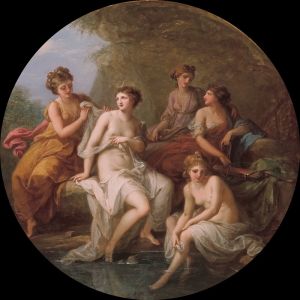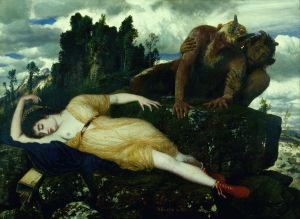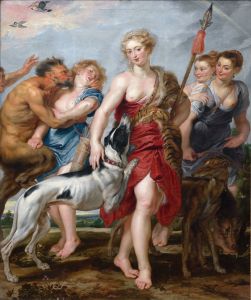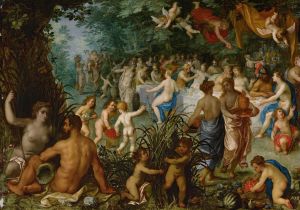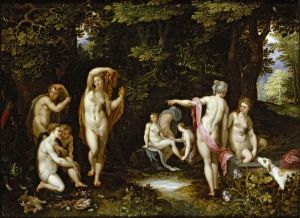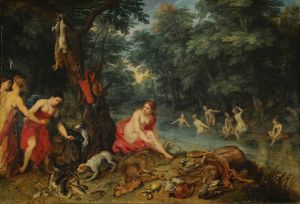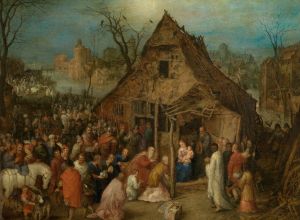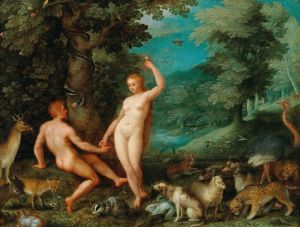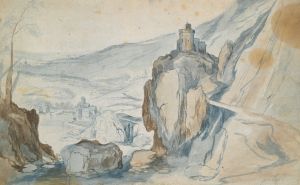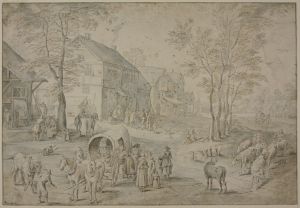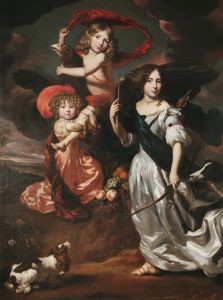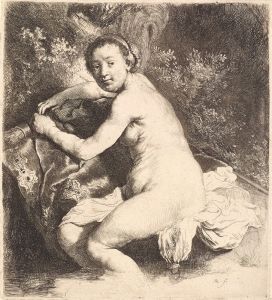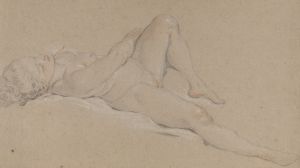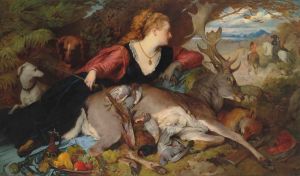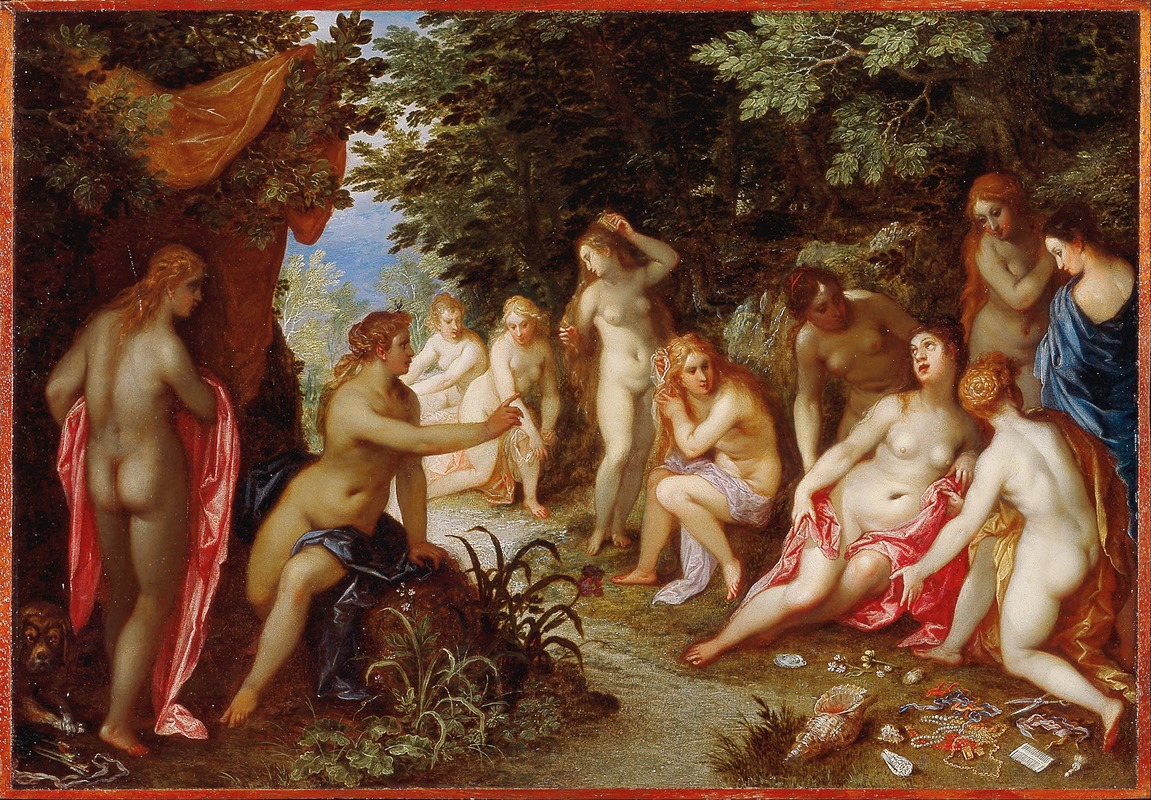
Diana and Callisto
A hand-painted replica of Jan Brueghel The Elder’s masterpiece Diana and Callisto, meticulously crafted by professional artists to capture the true essence of the original. Each piece is created with museum-quality canvas and rare mineral pigments, carefully painted by experienced artists with delicate brushstrokes and rich, layered colors to perfectly recreate the texture of the original artwork. Unlike machine-printed reproductions, this hand-painted version brings the painting to life, infused with the artist’s emotions and skill in every stroke. Whether for personal collection or home decoration, it instantly elevates the artistic atmosphere of any space.
"Diana and Callisto" is a painting by the Flemish artist Jan Brueghel the Elder, a prominent figure of the early 17th century. Known for his intricate landscapes and detailed compositions, Brueghel often collaborated with other artists and explored mythological themes in his works. This painting depicts a scene from Ovid's "Metamorphoses," a classical Roman text that was a popular source of inspiration for artists during the Renaissance and Baroque periods.
The artwork illustrates the moment when the goddess Diana discovers that her nymph Callisto has been impregnated by Jupiter (Zeus in Greek mythology). In the myth, Callisto, a follower of Diana who had taken a vow of chastity, is seduced by Jupiter, who disguises himself to deceive her. When Diana learns of Callisto's pregnancy, she banishes her from the group of nymphs. This dramatic and emotional moment is a common subject in Western art, as it allows for the depiction of complex human emotions and interactions within a mythological framework.
Brueghel's version of "Diana and Callisto" is notable for its detailed rendering of the natural environment, a hallmark of his artistic style. The painting features lush vegetation, carefully depicted animals, and a harmonious interplay of light and shadow, which create a vivid and immersive setting for the mythological narrative. The figures of Diana, Callisto, and the other nymphs are arranged in a dynamic composition that draws the viewer's attention to the central moment of confrontation.
Jan Brueghel the Elder was part of a prominent artistic family and was the son of Pieter Bruegel the Elder, a master of the Northern Renaissance. He earned the nickname "Velvet Brueghel" for the delicate and refined quality of his works. Brueghel often collaborated with other artists, such as Peter Paul Rubens, combining his talent for landscapes and still life with Rubens' expertise in figure painting. However, it is unclear whether "Diana and Callisto" involved any collaboration.
The exact date of the painting's creation is not definitively known, but it is generally attributed to the early 17th century, during Brueghel's mature period. The painting is currently housed in a museum or private collection, though its precise location and provenance may vary depending on the specific version or copy attributed to Brueghel.
As with many works of this era, "Diana and Callisto" reflects the cultural and artistic interests of its time, blending classical mythology with the naturalistic detail characteristic of Flemish Baroque art. The painting remains an important example of Jan Brueghel the Elder's contribution to the visual interpretation of mythological themes.





